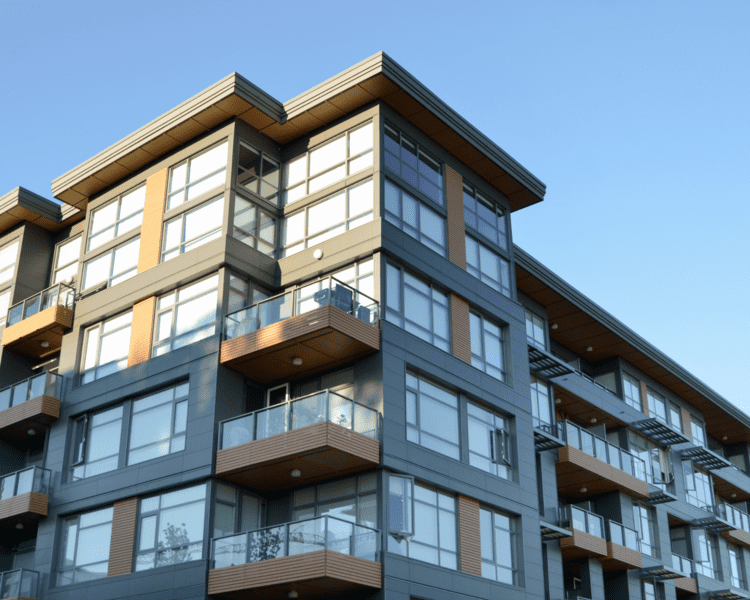
Demystifying Coinsurance: Its Impact on Your Building Insurance
When it comes to insuring your property, understanding coinsurance is essential to ensure you have adequate coverage in place. Coinsurance is a concept that often arises in property insurance policies, including building insurance. In this blog, we'll unravel the mystery of coinsurance, explaining what it is, how it works, and why it's crucial for your building insurance.
What is Coinsurance in Building Insurance?
Coinsurance is a clause in an insurance policy that requires the policyholder to maintain coverage for a specified percentage of the property's value. In the context of building insurance, this means that you must insure your property for a certain percentage of its total replacement cost, often expressed as a percentage, such as 80% or 90%.
How Does Coinsurance Work?
To understand how coinsurance works in building insurance, let's break it down into key components:
- Stated Coinsurance Percentage: Your insurance policy will specify a coinsurance percentage, typically between 80% and 90%. This percentage represents the minimum amount of your property's replacement cost that you must insure.
- Property's Replacement Cost: The replacement cost is the estimated cost to rebuild your building in case of a total loss, including construction materials, labor, and other associated expenses. This value is determined by an appraisal or assessment.
- Insured Amount: You, as the policyholder, are responsible for selecting a coverage amount that meets or exceeds the stated coinsurance percentage of your property's replacement cost.
- Coinsurance Formula: When calculating a claim payment, the coinsurance formula comes into play: (Amount of Insurance Carried / Required Amount of Insurance) x Loss = Claim Payment
- Amount of Insurance Carried: The coverage amount you've chosen.
- Required Amount of Insurance: The minimum required coverage amount based on the stated coinsurance percentage.
- Loss: The amount of damage or loss incurred.
- Examples:
- If your building's replacement cost is $1,000,000, and your policy has an 80% coinsurance requirement, you should carry at least $800,000 in coverage.
- If you insure your building for $600,000 but experience a $200,000 loss, the coinsurance formula will be applied. Your claim payment would be: ($600,000 / $800,000) x $200,000 = $150,000.
Why is Coinsurance Important?
Coinsurance serves several important purposes:
- Fair Premiums: It helps ensure that policyholders pay fair premiums based on the risk they are insuring. Insuring your property for its full replacement cost ensures that you are appropriately sharing the risk with the insurance company.
- Encourages Adequate Coverage: Coinsurance incentivizes policyholders to carry sufficient coverage. Underinsuring your property can lead to penalties in the event of a claim, as demonstrated in the coinsurance formula.
- Shared Risk: It aligns the interests of the policyholder and the insurance company by requiring both parties to bear a proportional share of the risk.
Consequences of Underinsuring
Failing to meet the coinsurance requirement can have financial consequences:
- Reduced Claim Payments: If you underinsure your property, your claim payment may be significantly reduced, leaving you responsible for a more substantial portion of the loss.
- Out-of-Pocket Costs: You may be forced to pay for repairs or replacement costs out of pocket if your insurance coverage is insufficient.
- Penalties: Some policies include penalties for underinsuring your property, which can further reduce your claim payment.
Conclusion
Coinsurance is a critical aspect of building insurance, designed to ensure that policyholders maintain adequate coverage for their property's replacement cost. Understanding the coinsurance requirement and accurately assessing your property's value is essential to ensure you have proper coverage in place. Failing to meet coinsurance requirements can result in reduced claim payments and unexpected out-of-pocket expenses in the event of a loss, underscoring the importance of careful consideration when purchasing building insurance.

